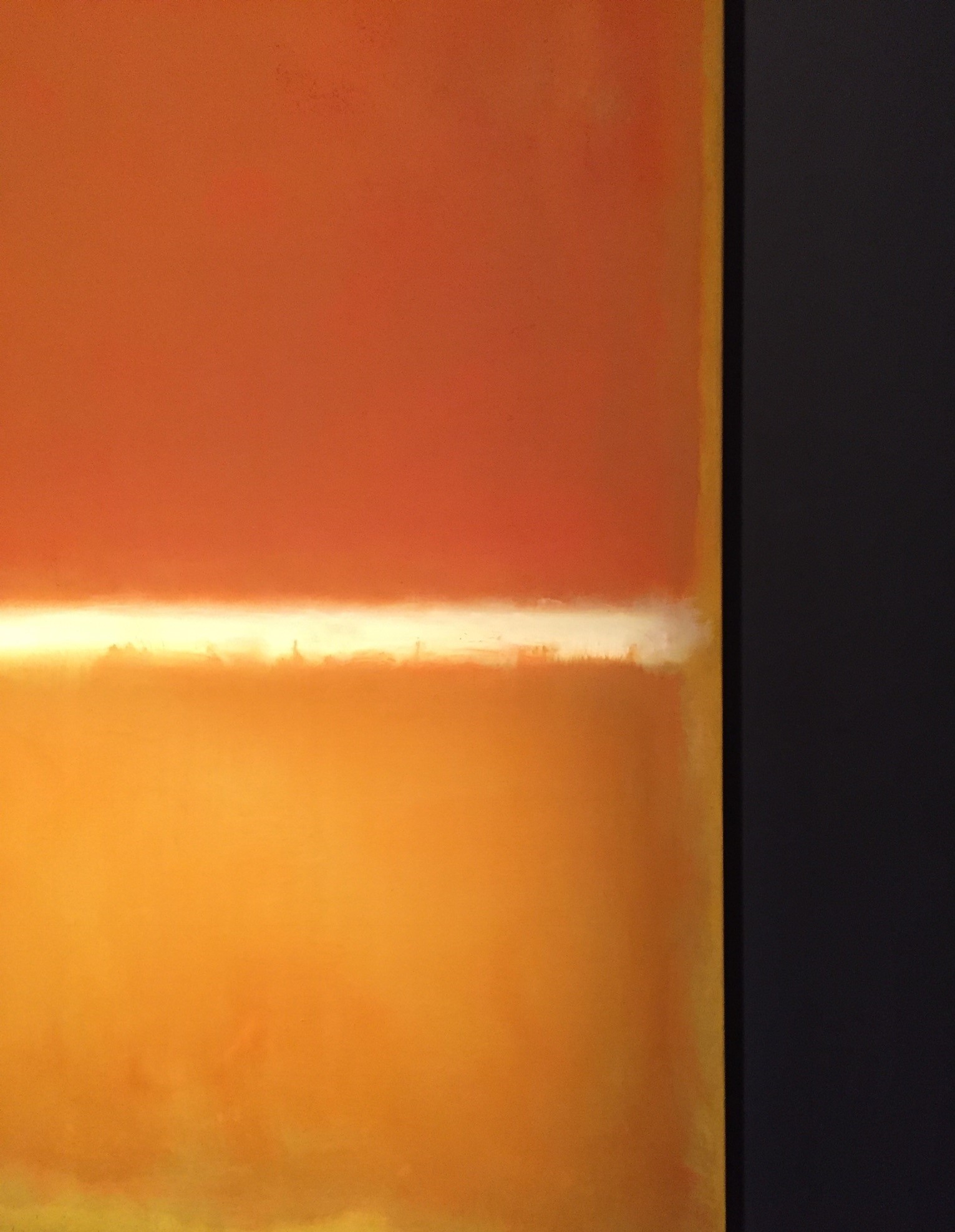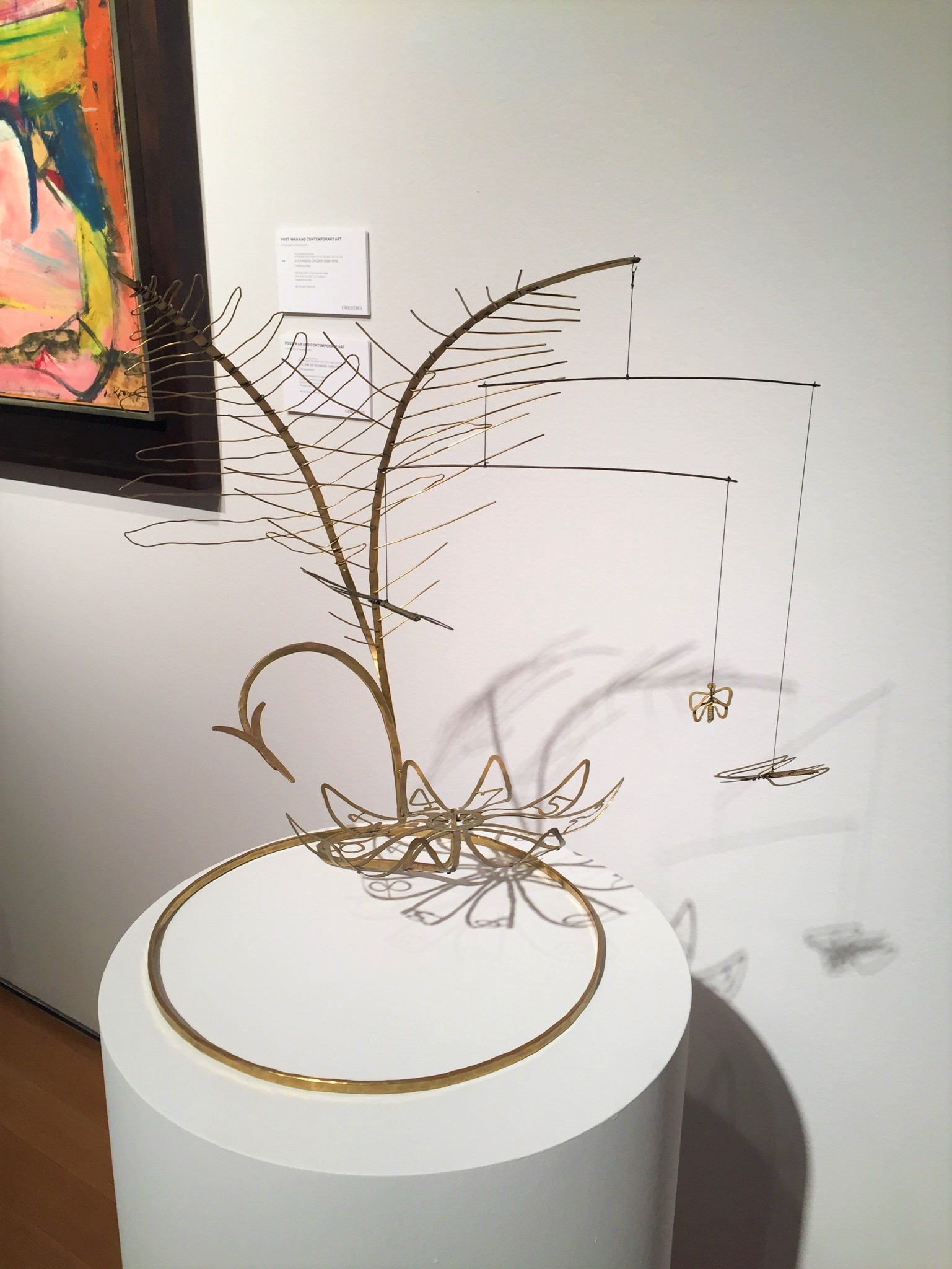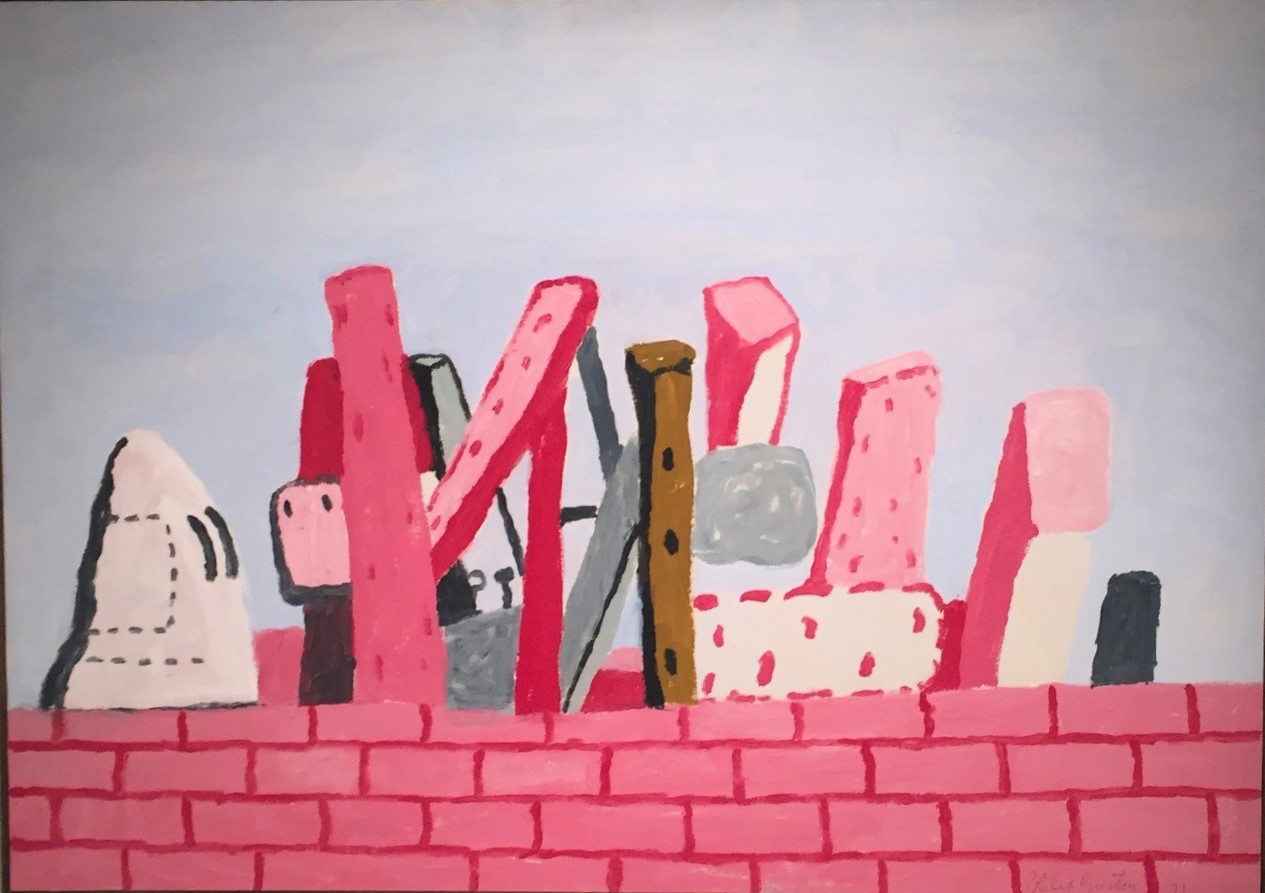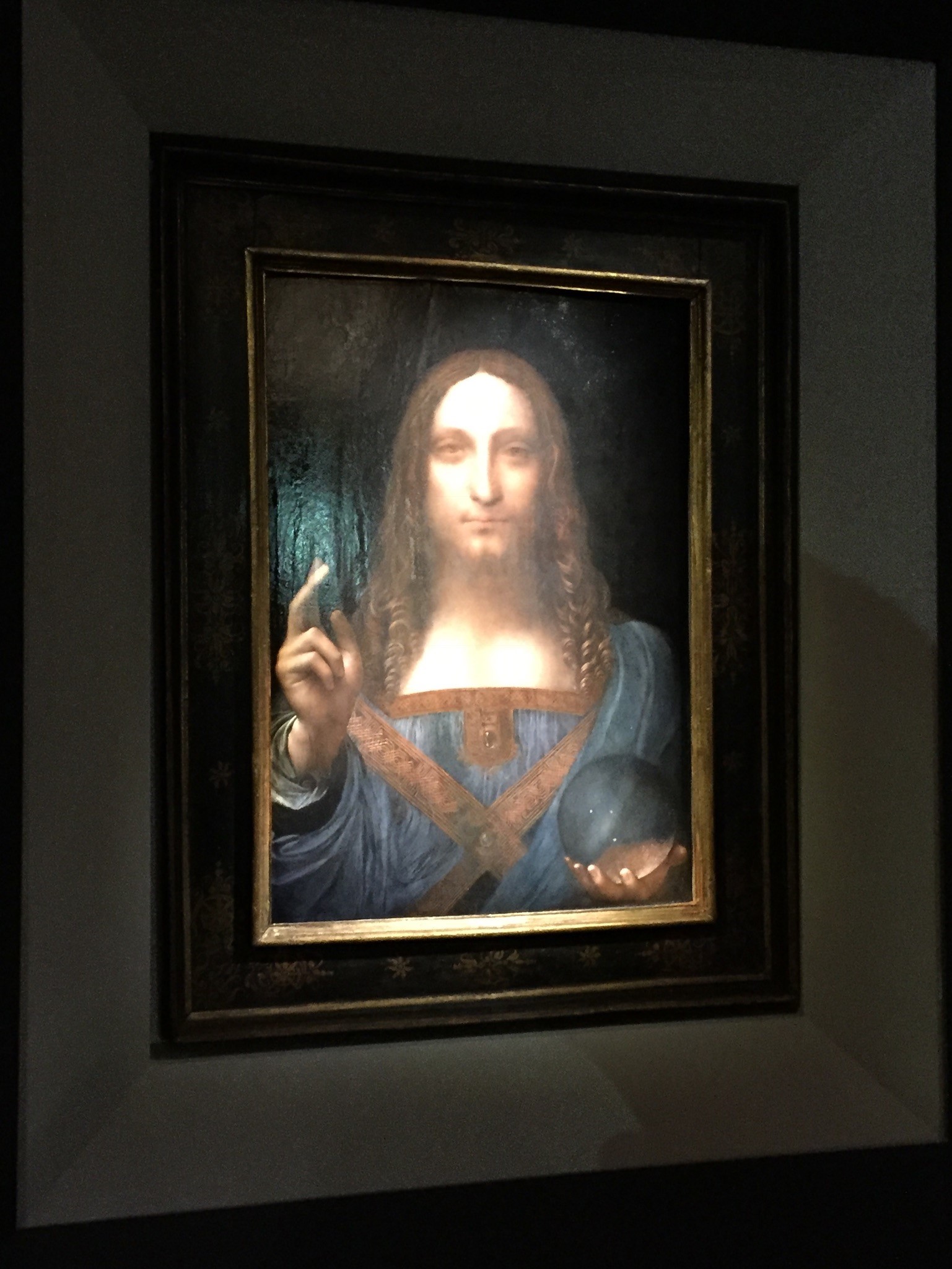Grace Harlow, MA
Associate Fine Art Appraiser
During a lecture on the changing environments of the global art market, Evan Beard, a National Art Services Executive with the U.S. Trust, shared an interesting statistic: 60% of lots offered in this past weeks contemporary evening sales at Christie's and Sotheby's were backed by guarantees.
The statistic is at first surprising considering that the use of such a practice, where auction houses or a third-party will offer sellers a guaranteed minimum price for an artwork to entice consignments, is a relatively new and sometimes controversial strategy.
However, the increasing use of and reliance on guarantees perhaps highlights the sizeable shift in collecting practices and motivation within the fine art market.
For years connoisseurs and aesthetes, who spent considerable time training their eye to discern quality and purchased art for emotional and aesthetic reasons, dominated the collecting industry. Now, Beard suggests that these individuals are increasingly superseded by trophy hunters and enterprising collectors, who purchase works from in-demand artists and quickly resell them at a hoped-for substantial profit or amass large collections that are then exhibited in purpose-built museums (Eli Broad and Christian Boros come to mind).
The rise of so-called 'art flippers,' private billionaire art museums, and third-party guarantors speaks to the increased overall global wealth and can be possibly explained by a phenomenon known as 'the wealth effect,' where individuals with expansive disposable income are spending more money as their assets increase.
It seems that collectors are becoming more conscious of art not only for its aesthetic return but also its financial possibilities as an investment tool. Where previously there was no real emphasis on art banking, now the U.S. Trust currently holds around thirteen billion dollars from art lending according to Mr. Beard. Art is no longer just a form of social and cultural capital but now functions as a form of currency used to unlock capital.
The shift in importance from asthetic to more financial concerns within the art market is important for appraisers to understand. Collectors now operate under a different psychology with a new set of motivations. Being aware not only of cghanging market conditions and trends, but the reasons why these evolutions occur will allow appraisers to better communicate and ultimately manage their clients' expectations.












